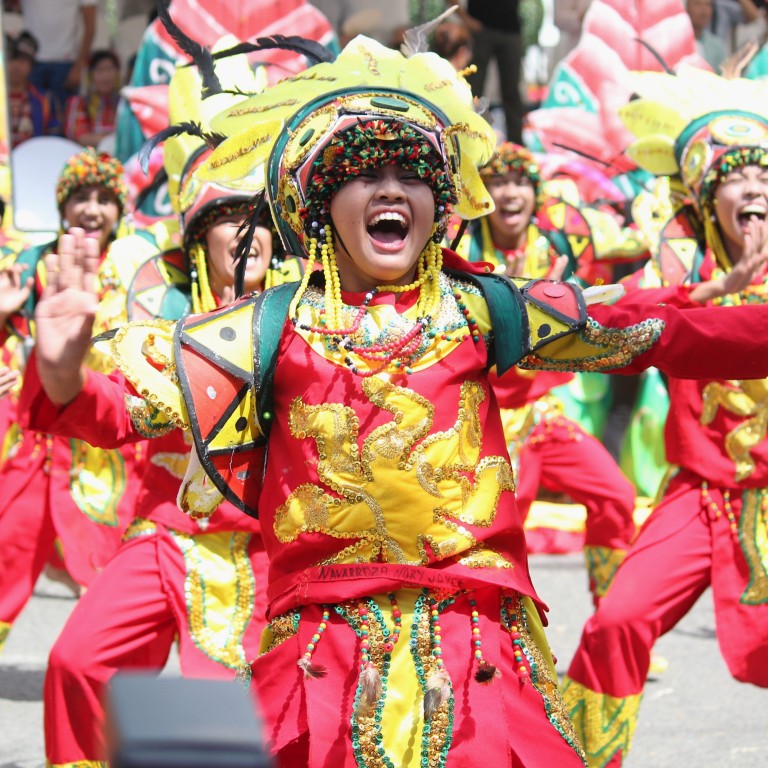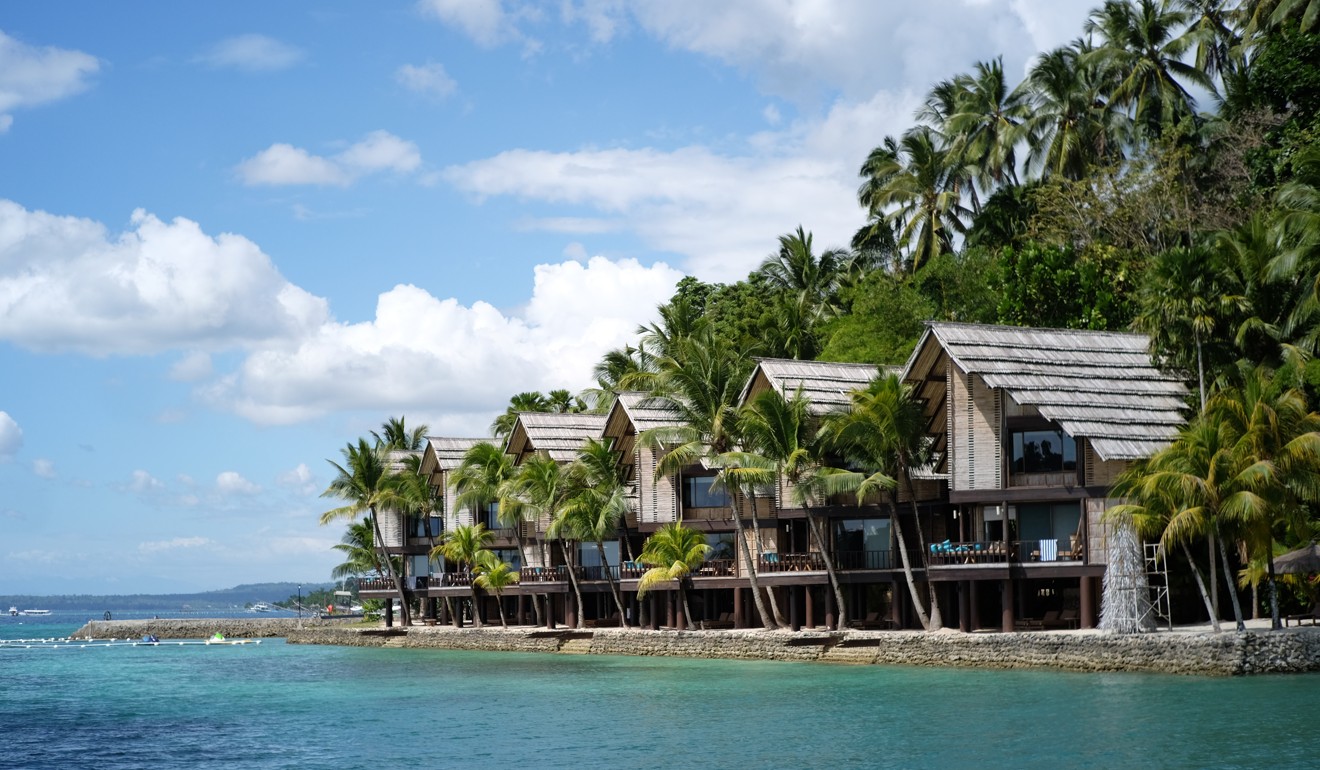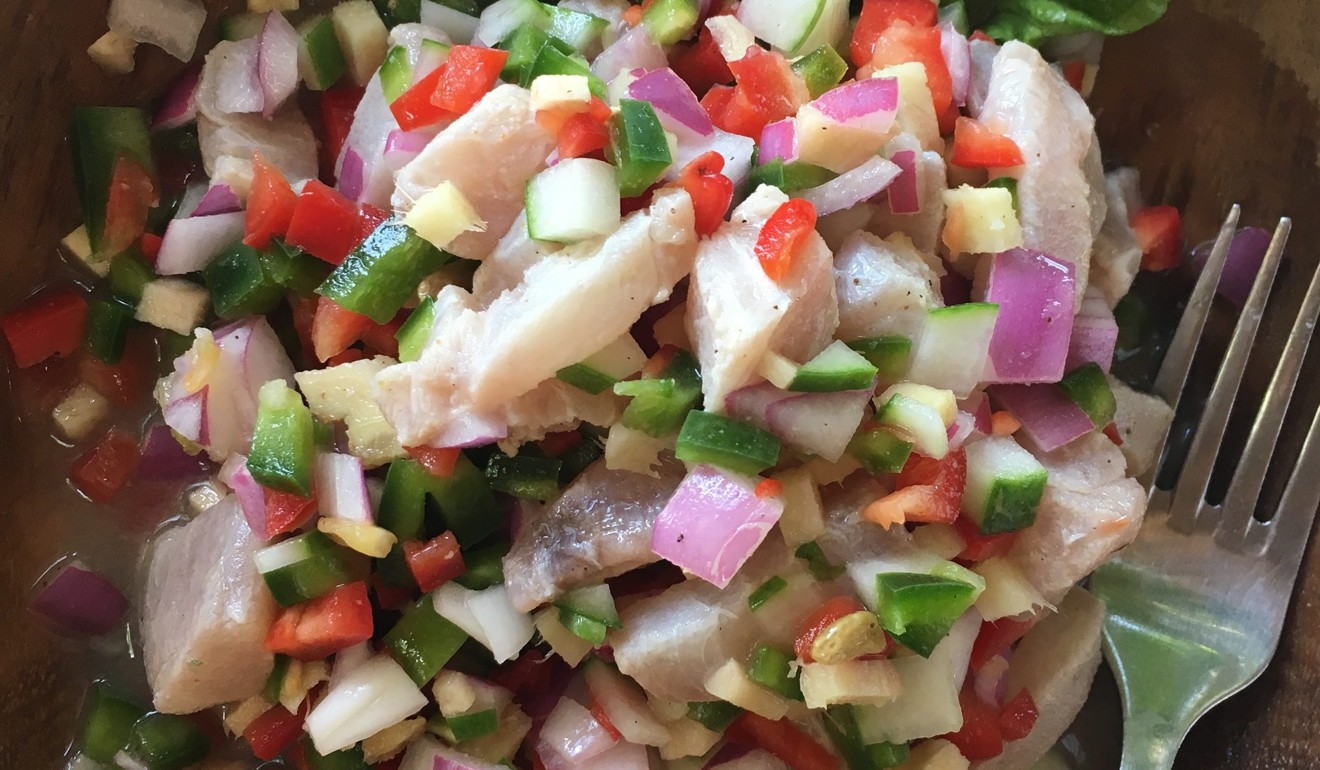
What to do in Davao, Philippines, given Mount Apo is temporarily off-limits
- A trip to Davao, on the coast of Mindanao, will prove there is more to the Southeast Asian nation than Boracay, Cebu and Palawan
- This remote corner of the country is the capital of adventure sports, where you can try your hand at zip lining, wakeboarding and even wreck dives
The Hongkonger’s alphabet of the Philippines tends to extend little beyond P-B-C: Palawan, Boracay, Cebu. But one step further – D, Davao, on the southeast coast of Mindanao – leads to one of the archipelago’s adventure sports capitals, somewhere that’s all the more tempting for being relatively remote.
There’s something to raise a sweat whichever way you look. There’s a temporary ban, for wild fire reasons, on hiking Mount Apo (2,954 metres) – traditionally Davao’s default excursion – but white-water rafting faces off with zip lining and wakeboarding in the adrenaline stakes. Scuba divers can find somewhere exciting year-round, including some unusual wreck dives.
What’s more, as holiday planners will have long noted, the Kadayawan harvest festival galvanises Davao into six days of dance competitions, parades, street performances and a general celebration of all the good things in life, starting on August 13.

Where to stay
Throw a dart at Davao’s accommodation board and the chances are you won’t hit anything too special – with a few exceptions: offshore, Samal Island, a few minutes’ by shuttle boat from Davao Marina, has a few resorts on the attractive side; pick an overwater villa at Pearl Farm Beach Resort and a seaside swim’s no more than a flight of steps away. Expect to pay US$350 a night.
Eden Nature Park & Resort is not so much a hotel as a funfair with rooms, or rather neat little villas, log cabins and the like. An automatic choice for parents who haven’t managed to give their children the slip, its rolling acres encompass a deer park, an aviary, a rompable playground and an adrenaline-rush aerial cycle way 18 metres above the ground. Rooms start at US$83 nightly.

What to buy
Architects who specialise in designing modern malls would probably snort in disbelief when confronted with the Aldevinco Shopping Center. There’s little more than a small sign to advertise its presence, and – praise be – no retail behaviourist was consulted about its interior layout. Instead, for half a century and more, Aldevinco and its five-score shops (more like well-endowed cubbyholes), separated by the least generous of corridors, have been dispensing the region’s arts and crafts to all and sundry. Many of the traders are children of the original tenants. A superficial inventory might include handmade mats, brooms, tablecloths and other household bits and pieces; ornaments, musical instruments and tribal swords; batik products, clothing, shawls, jewellery and ethnic fashion accessories such as earrings, bracelets, necklaces and anklets. Phew.
As is de rigueur in any self-respecting Asian bazaar, some gentle bargaining is simply good manners, while the first customer of the day – doors open at 8am – traditionally gets a good deal. Advocates of the shop/drop thing will be relieved to hear that Roxas Night Market is just down the street.
What to eat
Kinilaw rhymes with “eaten raw” and that’s what it means, too. Not too dissimilar to ceviche, it’s made from tuna, mackerel or swordfish (usually sourced from Bankerohan Market) with cucumber or radishes and marinated in vinegar. It’s a staple of every party thrown in Davao, including the farewell bashes that are rather sweetly dubbed “merry enders”.

Filipinos are not generally averse to meat and their affection is best expressed in another Mindanao speciality: balbacua. A spicy beef (oxtail, skin, knuckles, etc) stew cooked for hours, it’s served with white rice or noodles.
Davao’s go-to, sugar-fix snack is ginanggang: grill one peeled saba banana, coat with margarine, dust with sugar, put in mouth, chomp those calories. Bonus trivia: an attempt by a Davao plantation owner to register what he reckoned was the world’s largest-ever bunch of bananas with Guinness back in the 1990s was thwarted by a bunch of peckish harvesters oblivious to the fact that global fame lay within their grasp.
Getting around
It’s just over 2,000km as that indefatigable crow flies from Hong Kong to Davao International Airport, named for that late but still prominent shover-and-maker Francisco Bangoy, who donated the land in a sudden fit of generosity. Cathay Dragon is the only non-stopper, quoting US$320 return.
As the airport’s on the edge of town, a taxi to the centre barely racks up 150 pesos (US$3) on the meter. Jeepneys – the gloriously elaborate truant dodgem cars that have been the workhorse of Philippine public conveyance for donkeys’ years – are being replaced by what’s optimistically called an integrated bus system. In the meantime, taxis remain the best way to zip about.
On foot, it’s not unknown to be hailed by a friendly individual keen to share the details of a get-rich-quick-scheme, or to learn how to play poker, or promote some similar subterfuge. If you can’t see the way this is shaping up, bid adieu to your money now.
Plus
The charismatic Rodrigo “Digong” Duterte, current president of the Philippines, was Davao’s mayor for 22 years. Legend has it that if snarled in a traffic jam he would leap from his vehicle, pistol in hand, to take over from the police officer on point duty.
Twenty-six-year-old Davaoeno model and VJ Katarina Rodriguez, who was crowned Miss Philippines last year, says: “Beauty pageants are all about woman [SIC] empowerment.”

